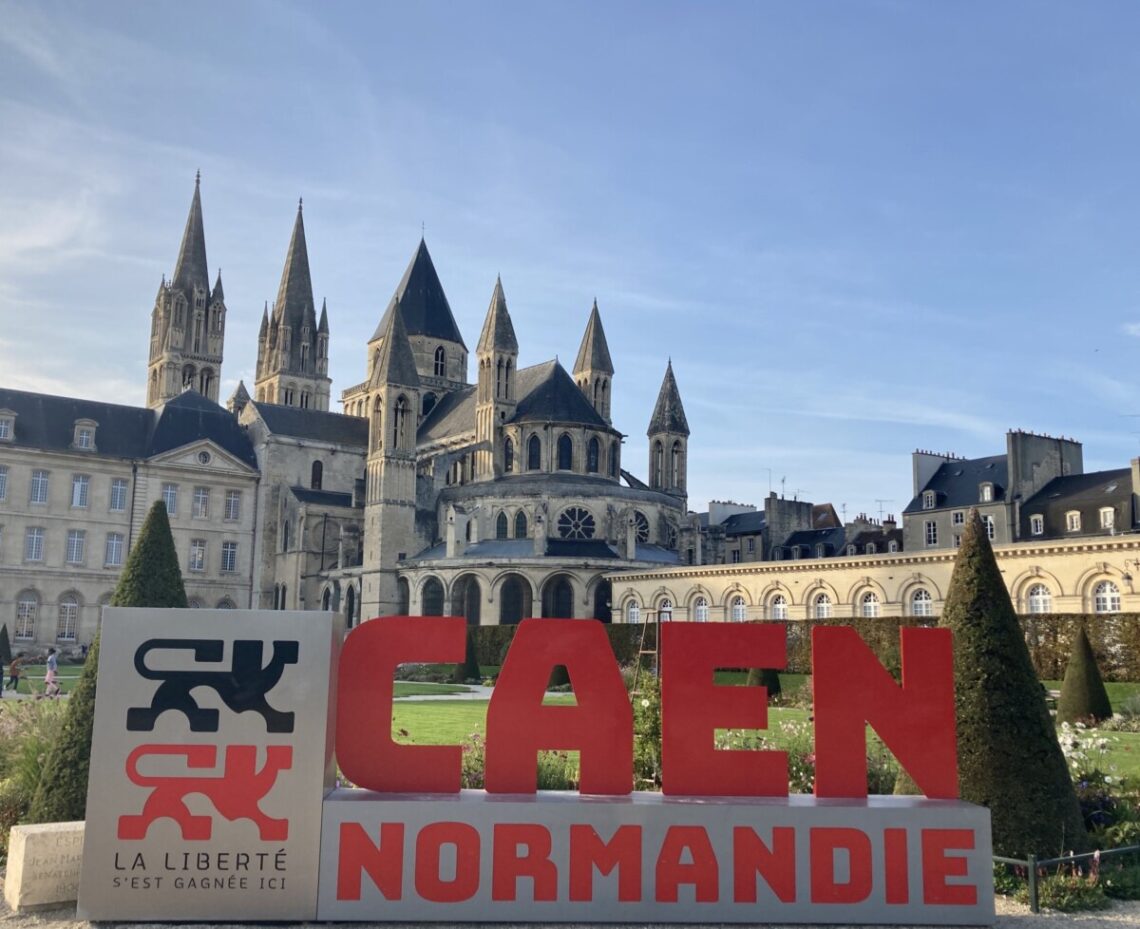
Caen – The gateway to Normandy
Caen is a delightful city and an excellent base for exploring Normandy. Whether you want to see the D-Day beaches, indulge in cheese and cider, or explore towns like Bayeux or Honfleur, Caen has it all. The city boasts beautiful hotels and restaurants, impressive monuments, and charming, narrow pedestrian streets. We’ve visited twice and there’s still so much more to see.
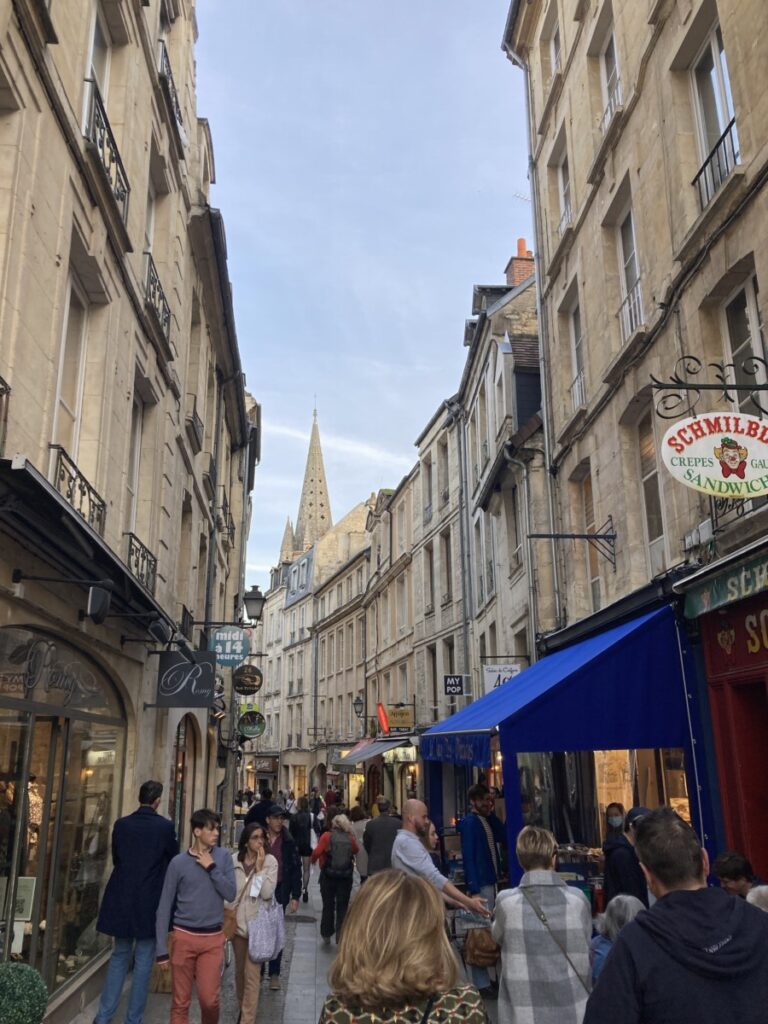
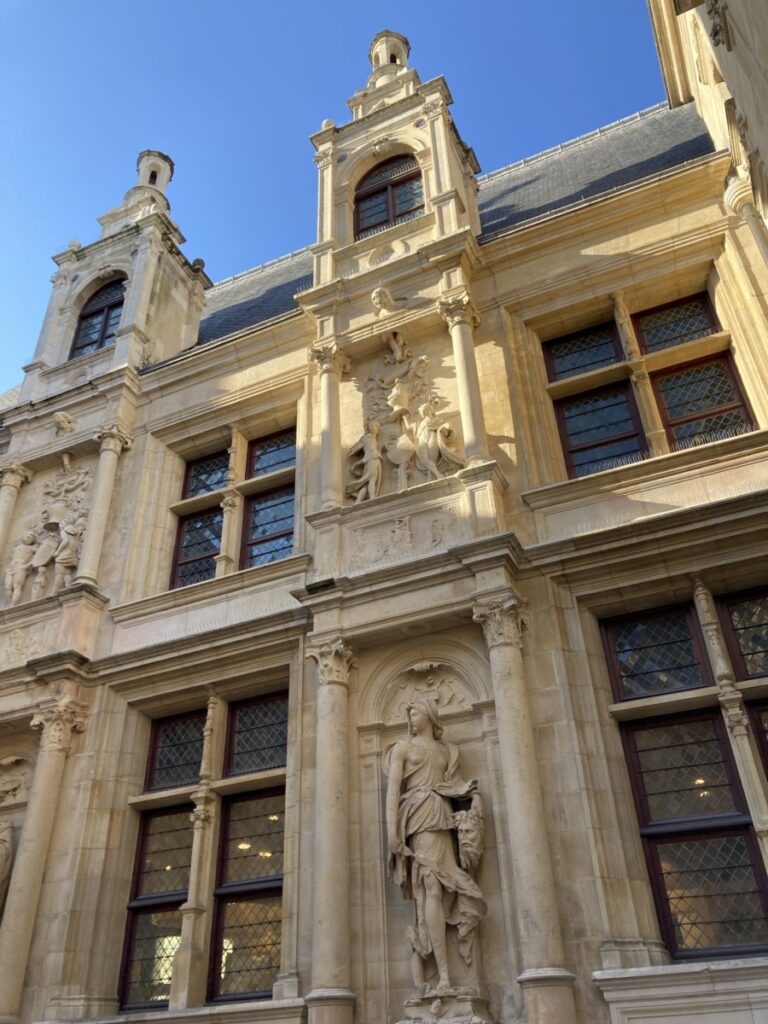
Our second trip to Caen was thanks to winning four nights at two different hotels in Normandy. The first two nights were spent at the magical Manoir de Surville, where we enjoyed the luxurious countryside life and explored new parts of Normandy.

The last two nights were spent in Caen, with walking tours and a visit to the Memorial de Caen, a vast museum that not only documents the horrors of World War II but also attempts to explain why another world war could break out just over 20 years after “the Great War.”
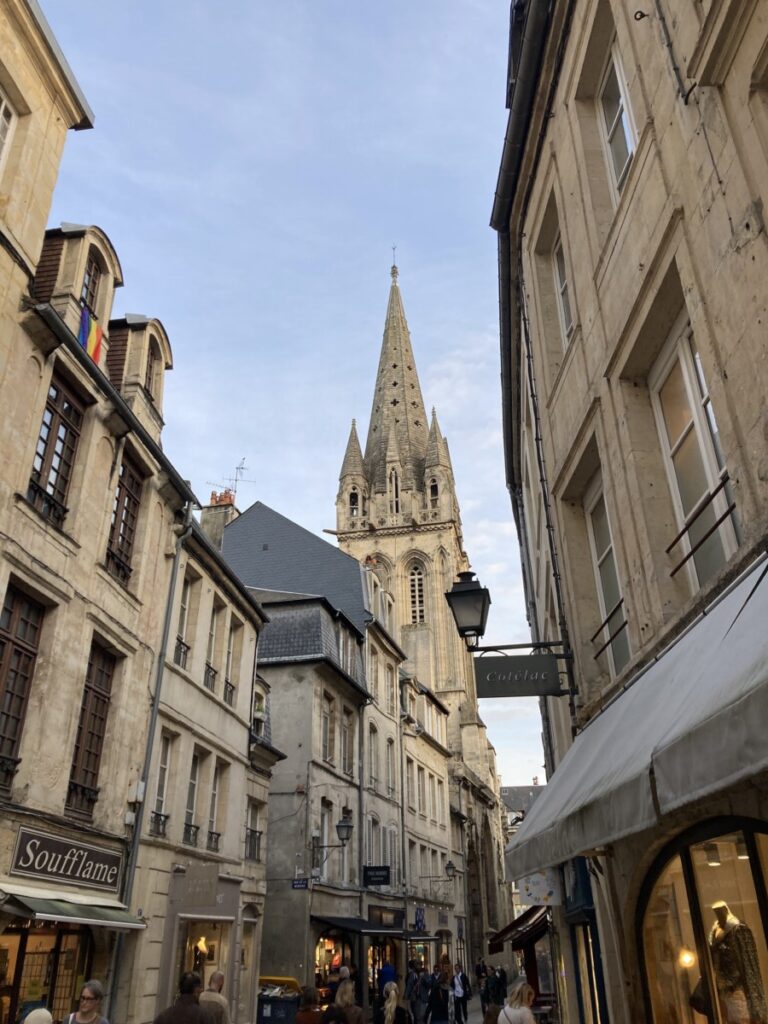
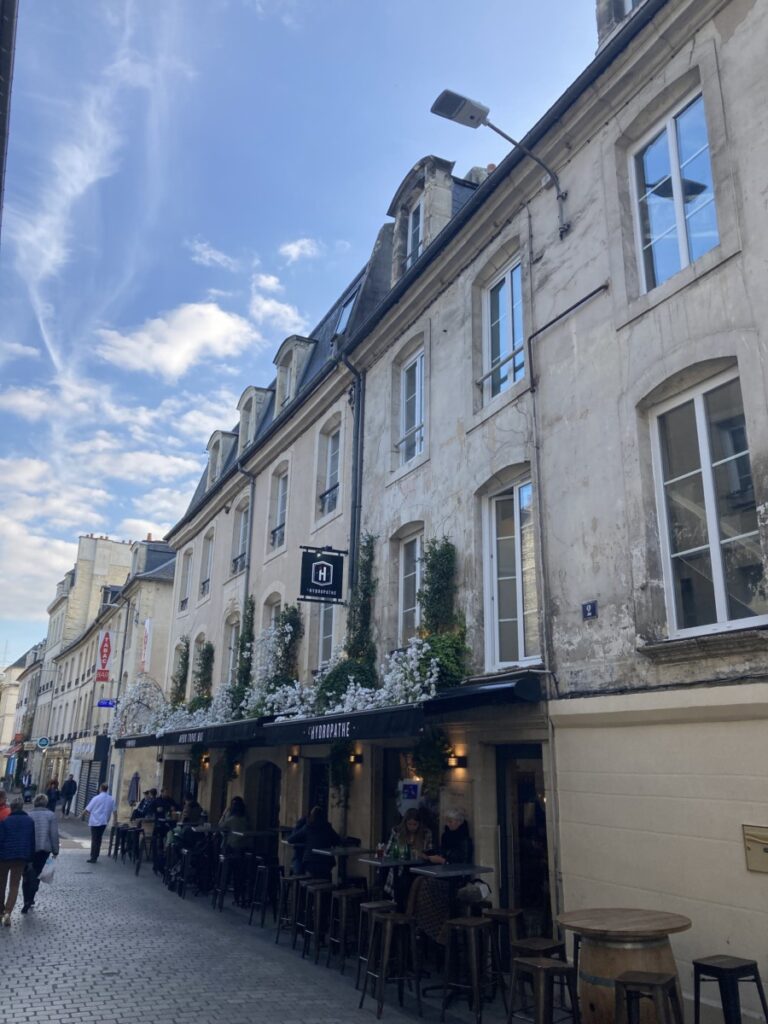
Sentrale hoteller
The hotel we stayed at, Best Western Plus Le Moderne Caen, is centrally located whether you’re traveling by car or public transport. There’s a parking garage right next door and bus stops just around the corner. On our previous visit, we stayed in the same neighborhood at the Best Western Royal Hôtel Caen Centre, which we also highly recommend.
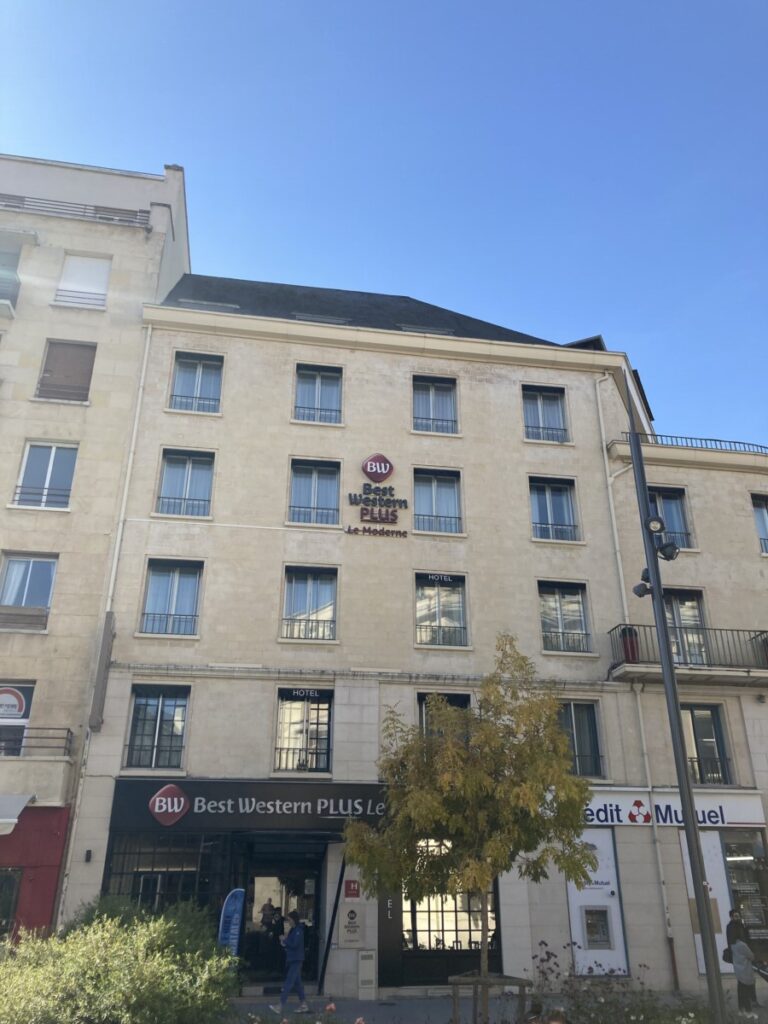
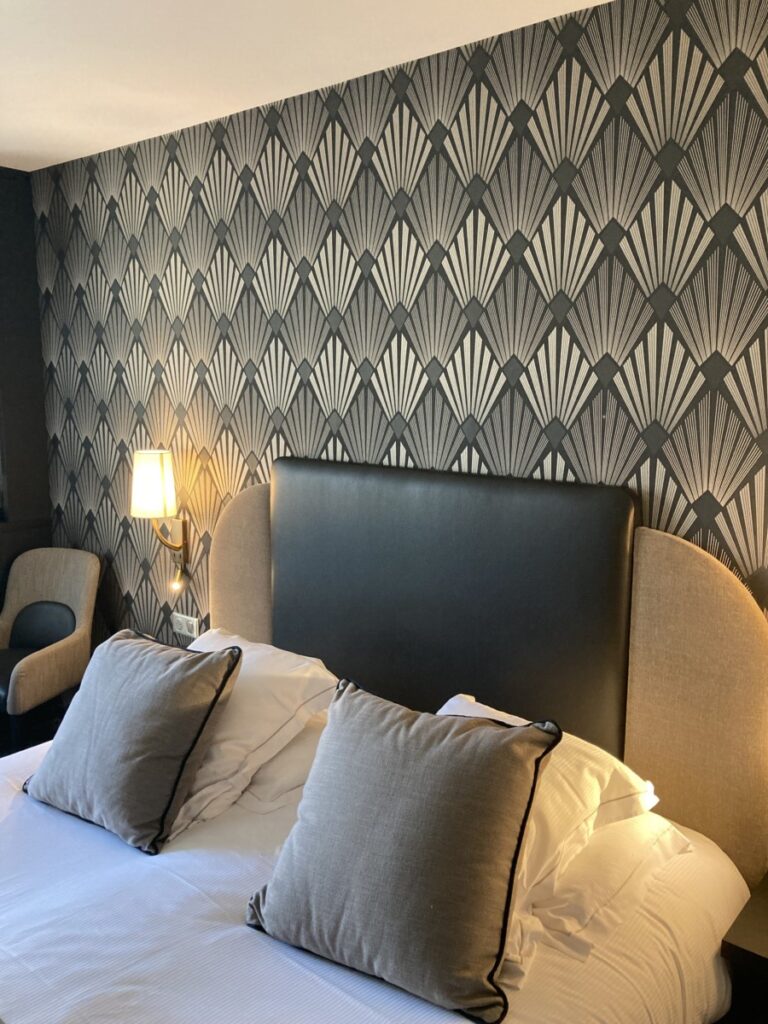
We enjoyed a good hotel breakfast with freshly squeezed juice and delicious bread.

Hotel breakfasts can often be quite expensive, so if it’s not included and you’re not a big breakfast eater, I highly recommend grabbing a croissant and coffee at a local café instead. That way, you’ll be properly hungry for lunch, which is typically served between 12 and 2 PM in France.
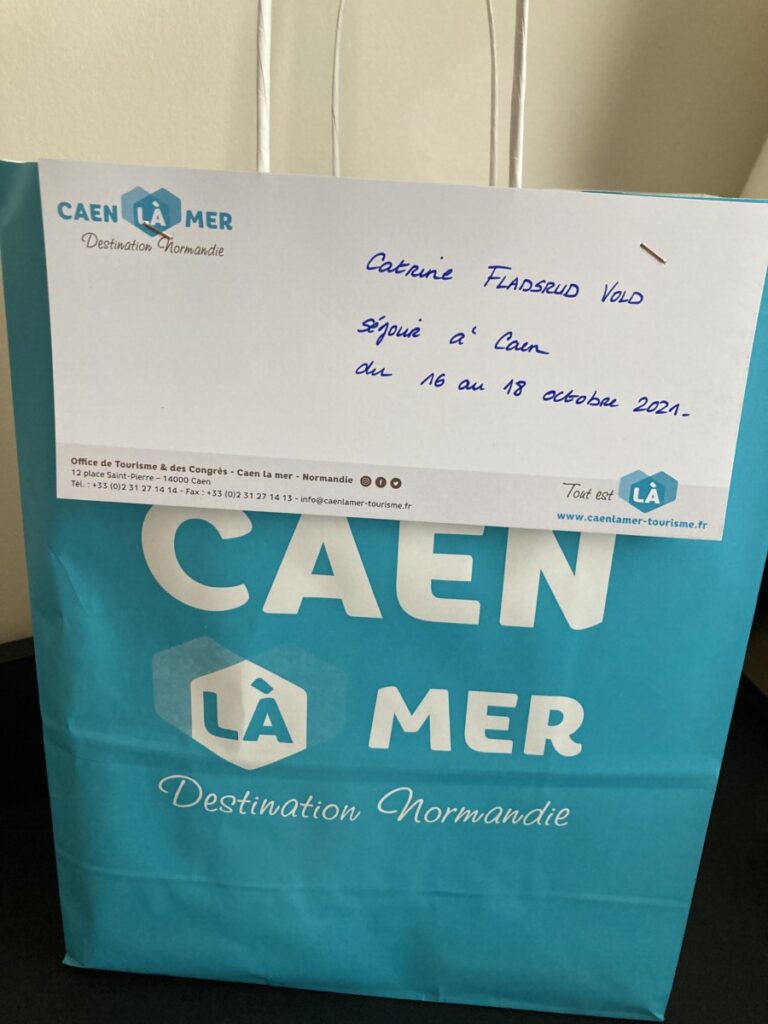
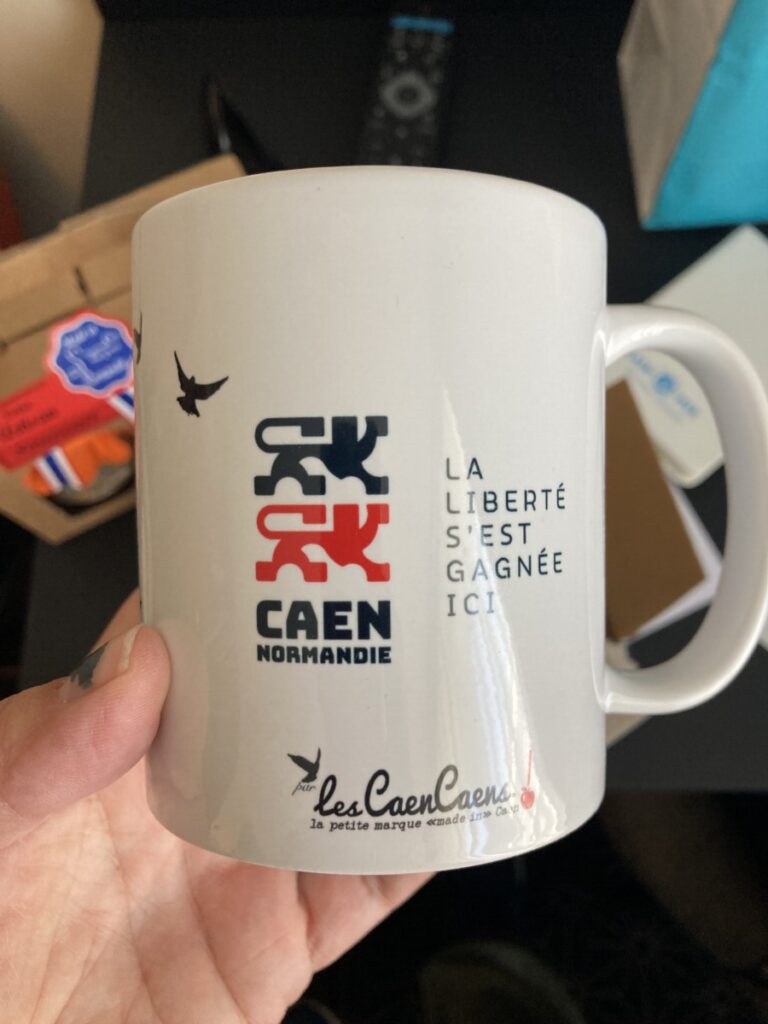
We were warmly welcomed at the hotel with a goodie bag. It included a map of a guided walking tour that takes you to many of the city’s major attractions. The map helps you navigate, and there are markers on the sidewalks guiding you in the right direction.
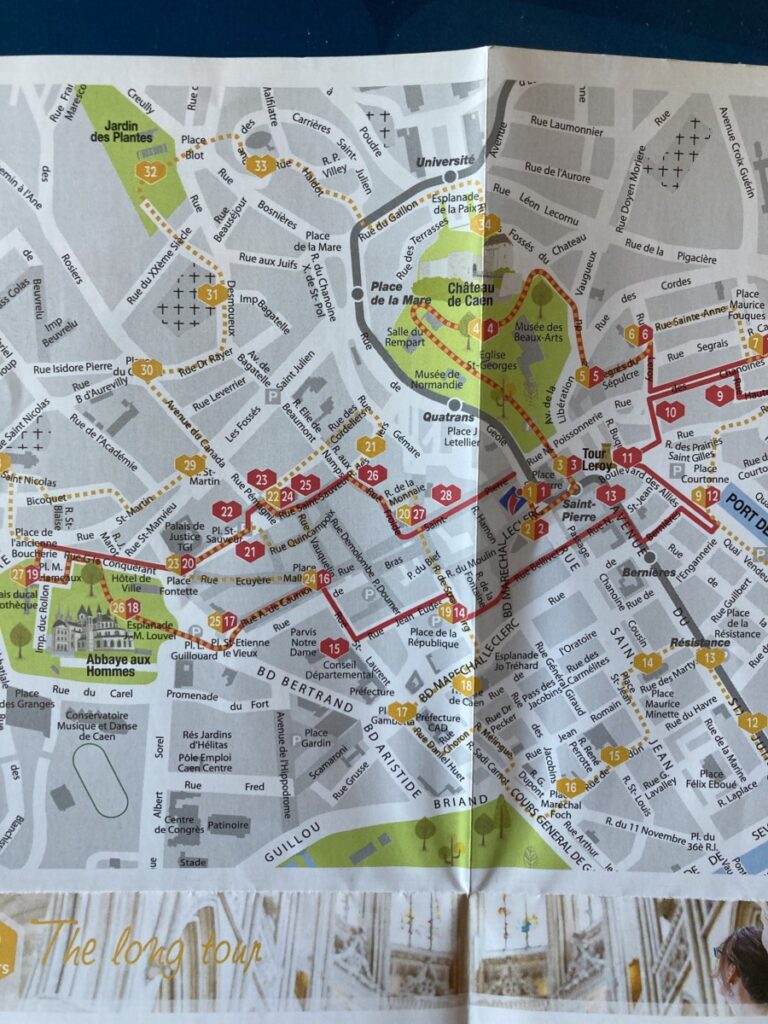
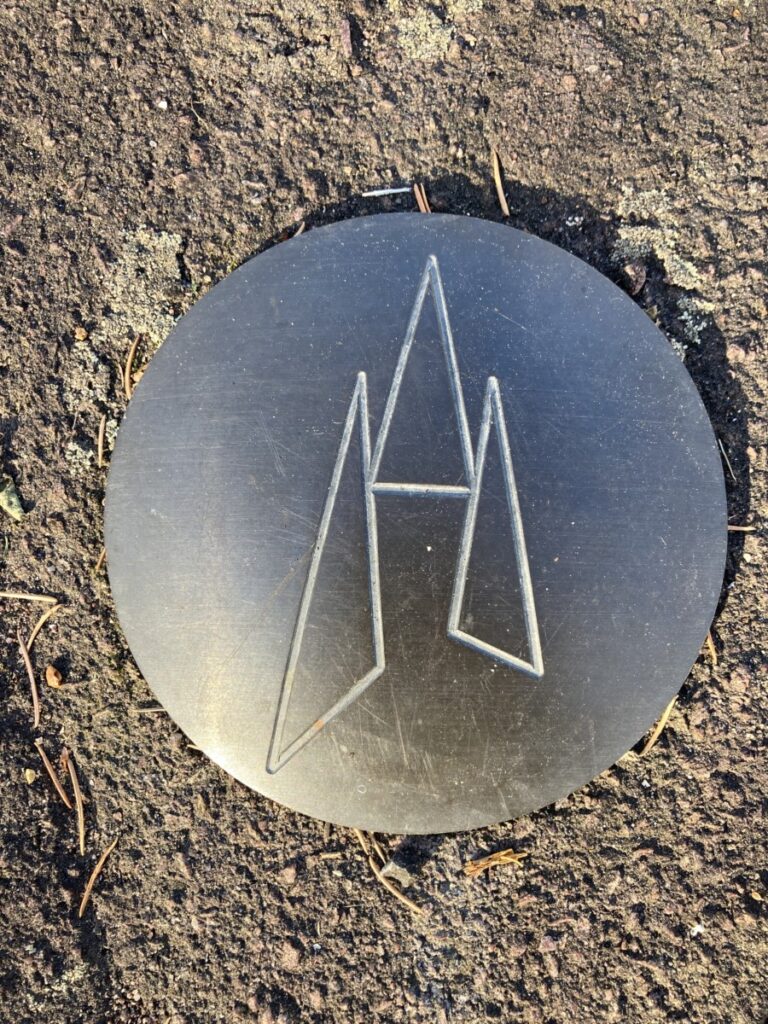
Discover the city with a map
Our first stop was the tourist information center, which is a sight in itself. Then we headed into St. Pierre de Caen Cathedral.
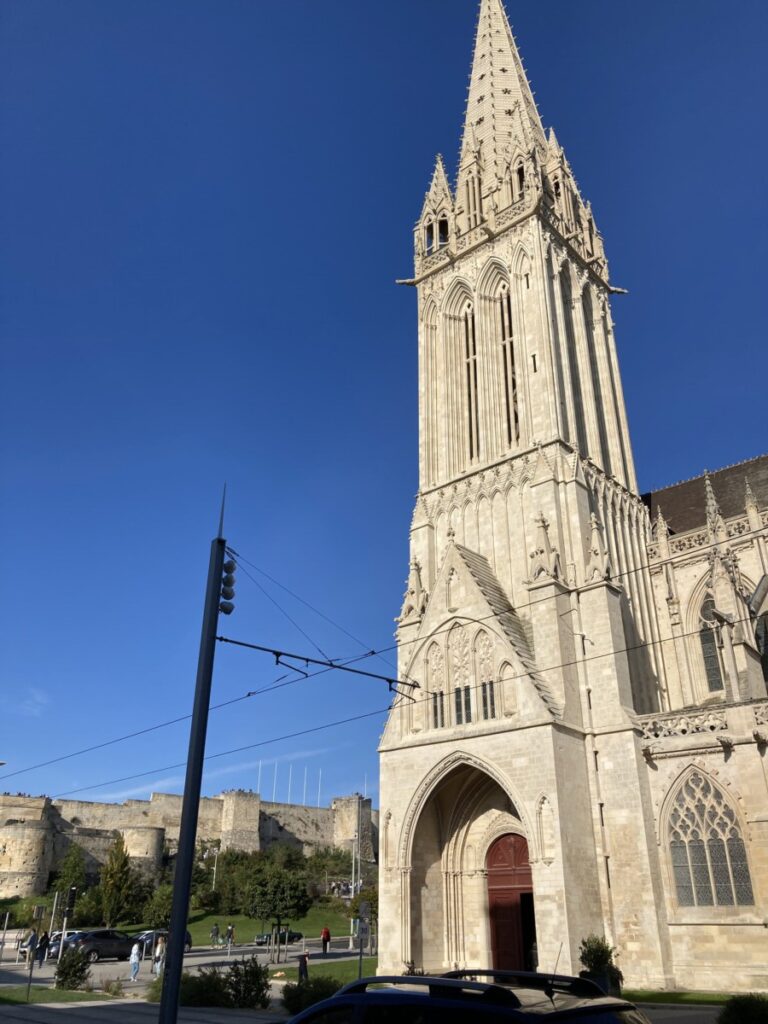

Right across the street is the majestic Château de Caen. High walls with lush green lawns outside where the city’s youth gather for picnics and relaxation in the autumn sun.
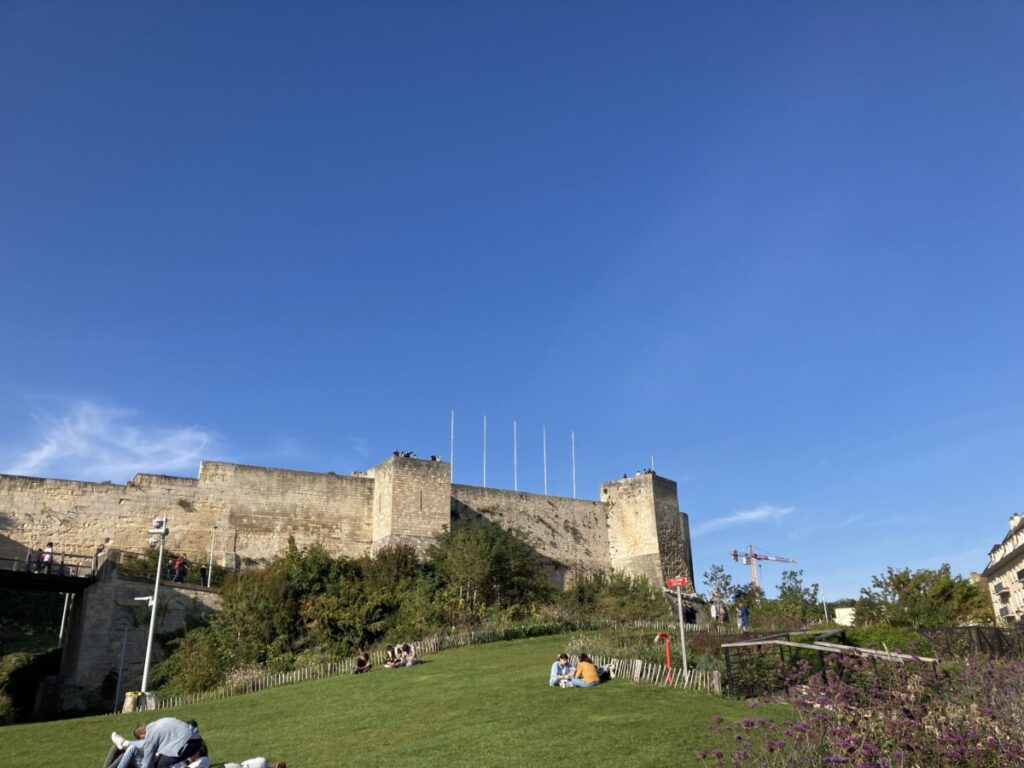
Inside the walls, you’ll find restaurants, several museums with both historical and artistic exhibits, and ruins of ancient fortifications.
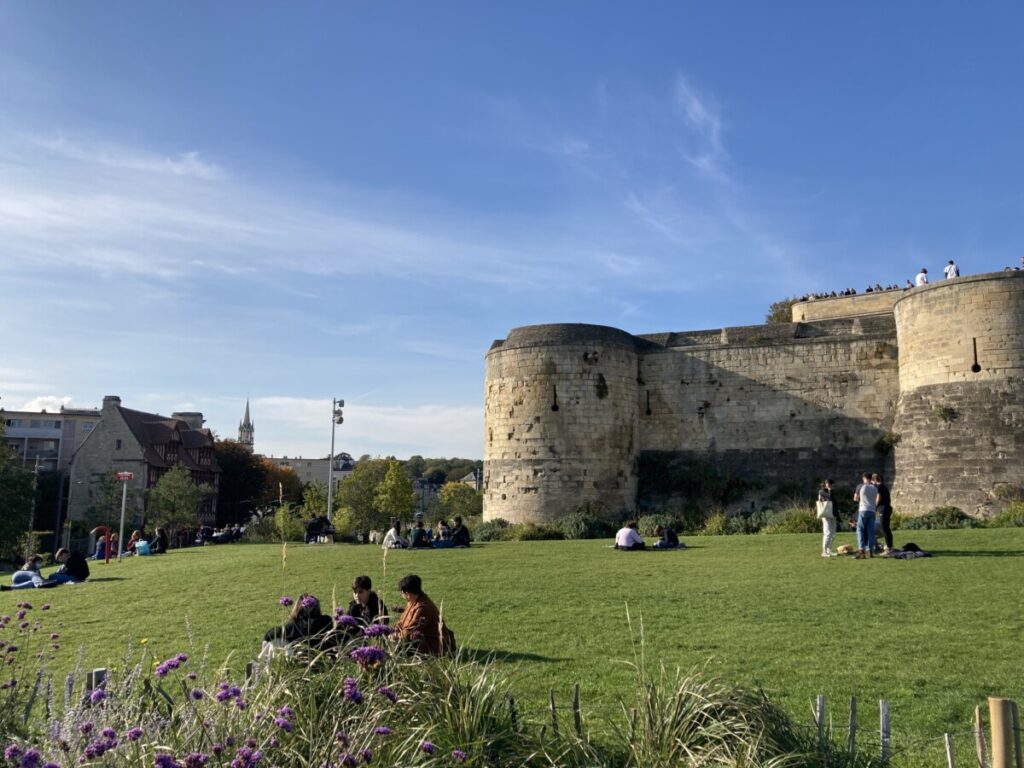
We strolled through one of the gates down into the historic area with charming houses and narrow alleys.
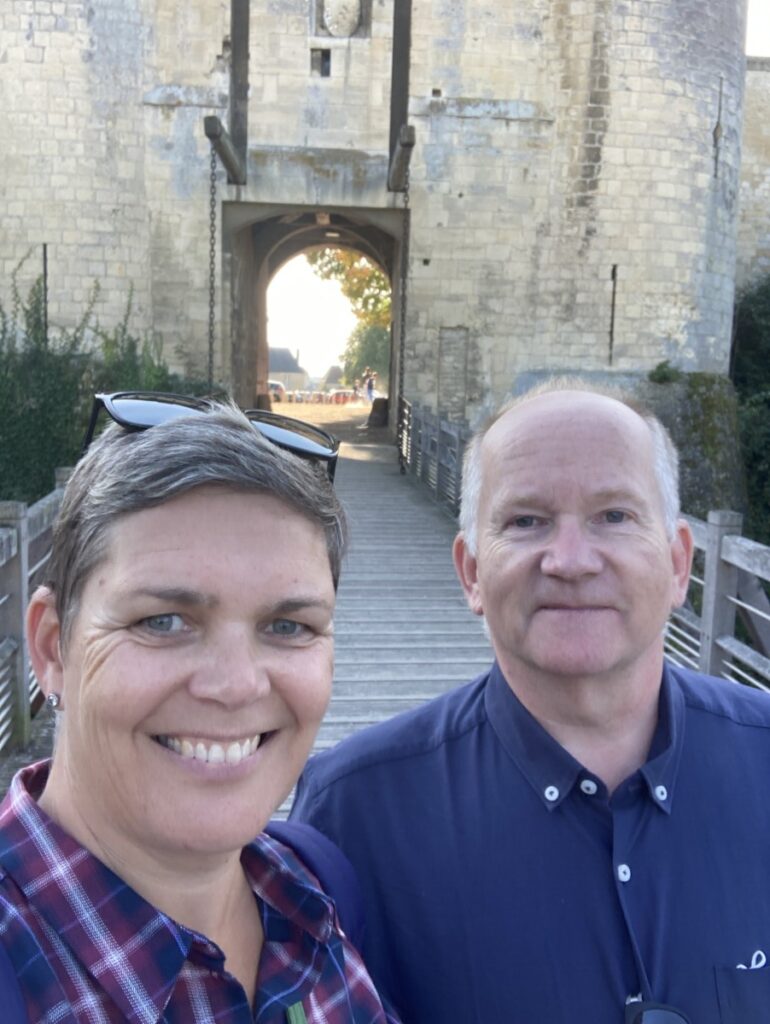
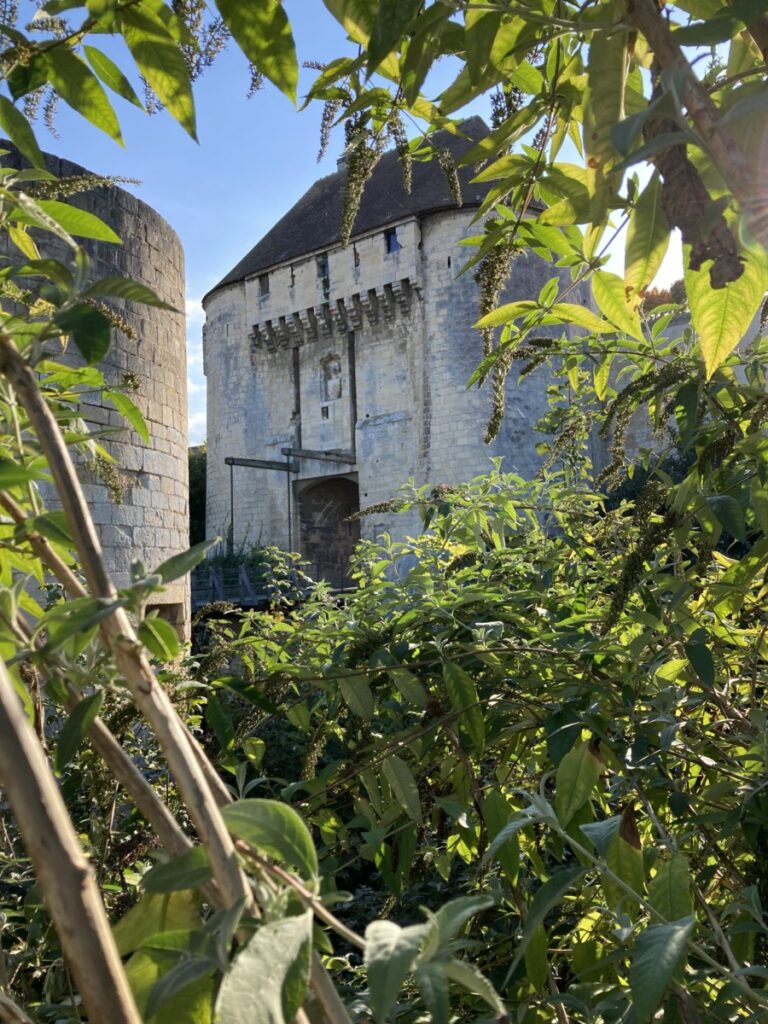
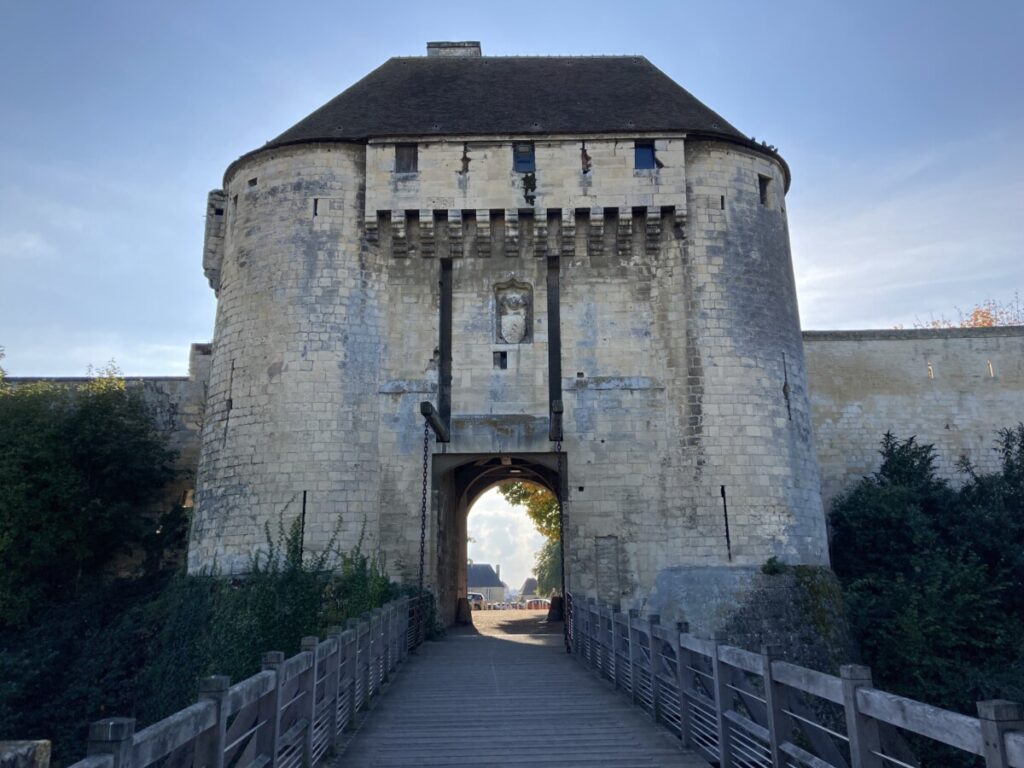
Another large religious building, Abbaye aux Dames de Caen, is an old monastery. There was some ceremony going on, so we couldn’t go inside, but we continued our stroll in the lovely weather.
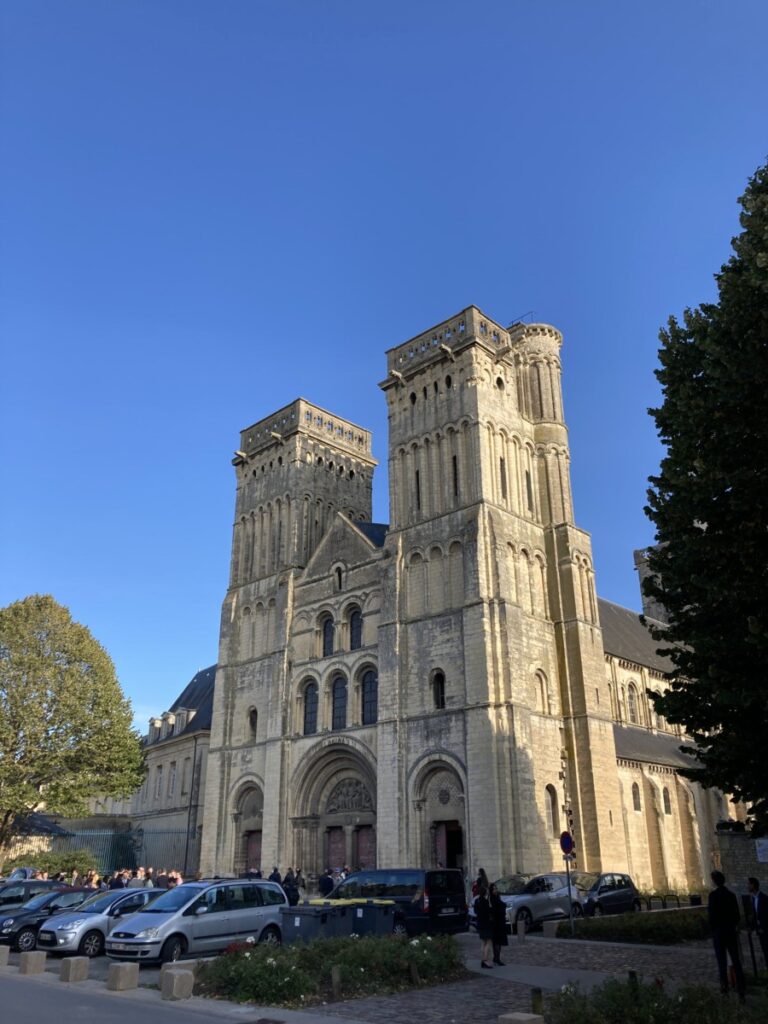
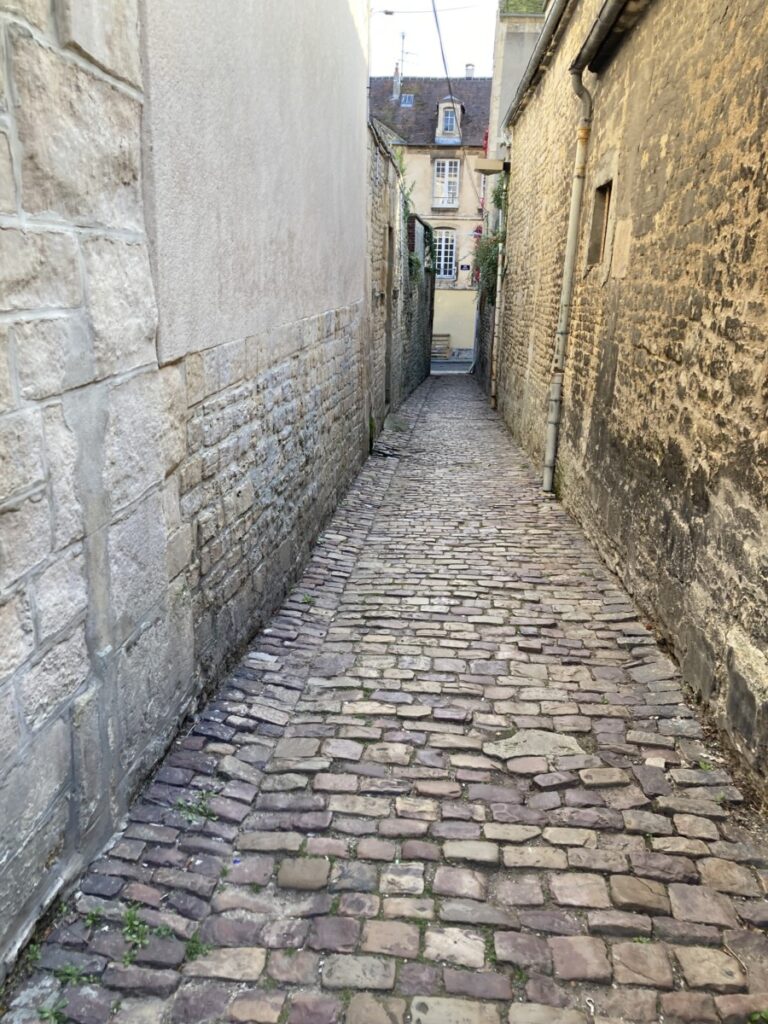
Abbaye aux Hommes
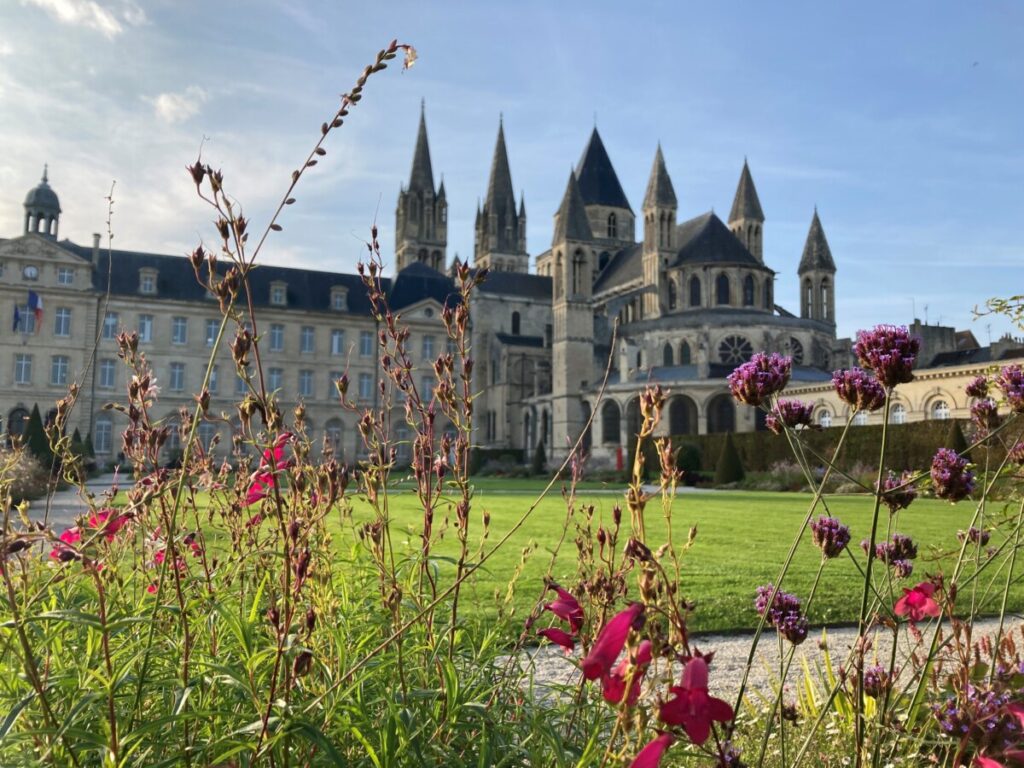
We then headed to an impressive complex of buildings known as L’Abbaye-aux-Hommes. Here, you’ll also find the city hall, churches, and various other buildings. From the outside, it looks enormous.
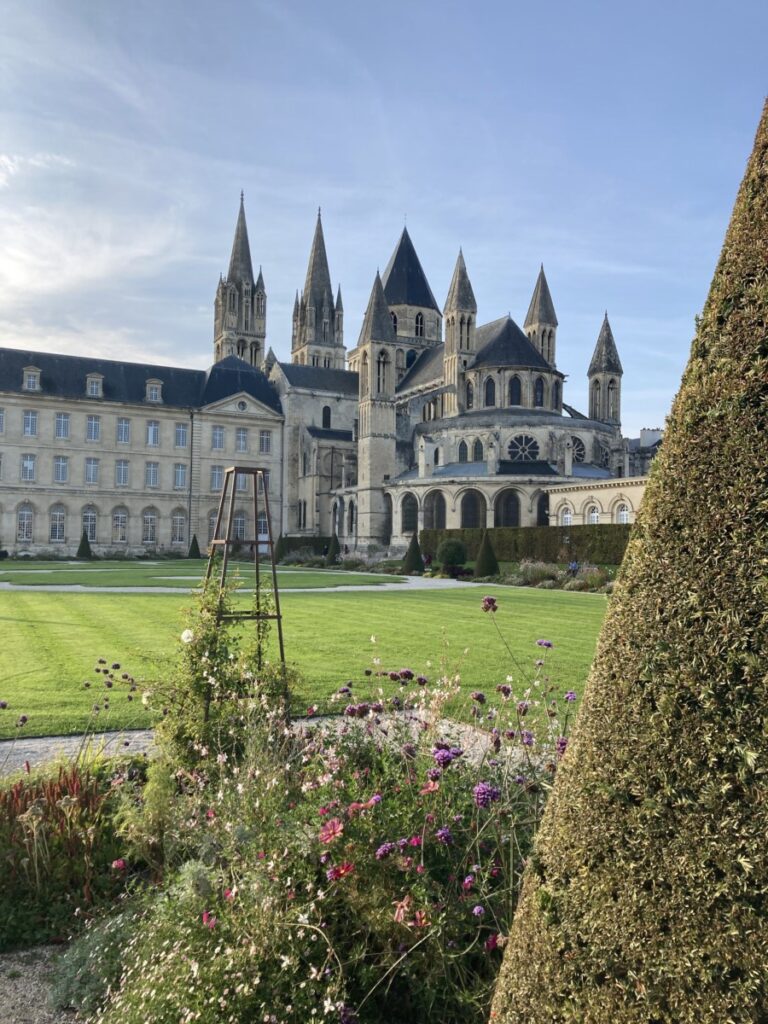
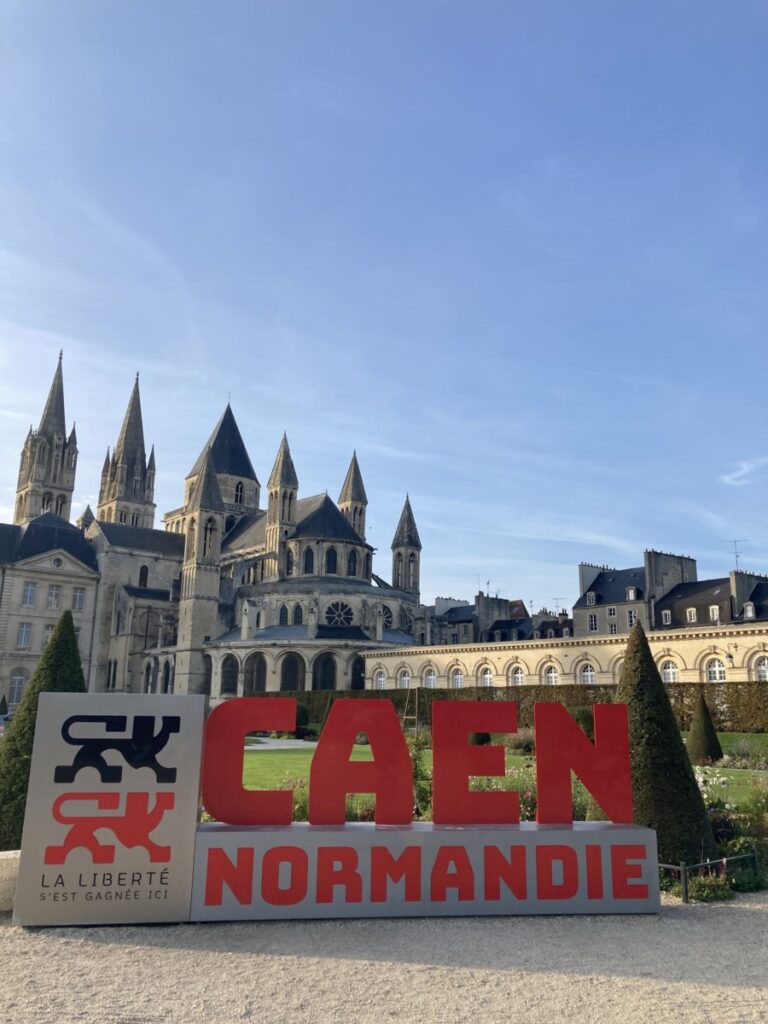
We didn’t go inside here either, so a guided tour is something we’ll have to do next time. Even after two trips to Normandy, I’m sure there will be a next time. This region is packed with highlights, and Caen is a natural base for exploring.
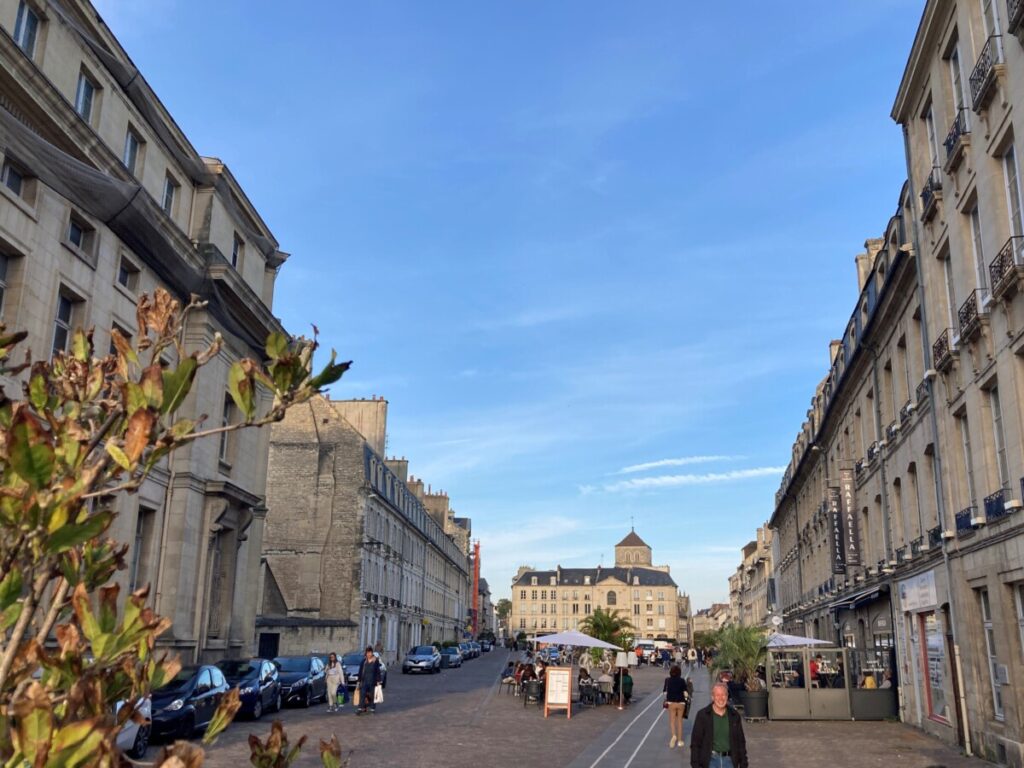
We ended our walking tour with a drink in the narrow pedestrian streets near Place Saint-Sauveur.
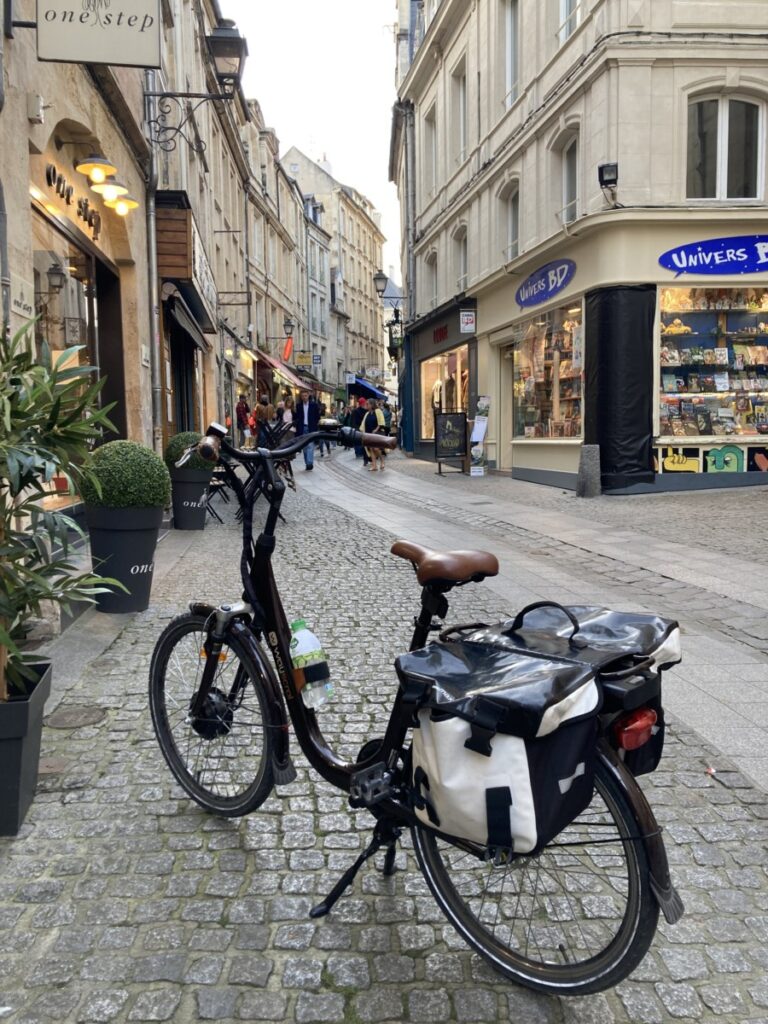
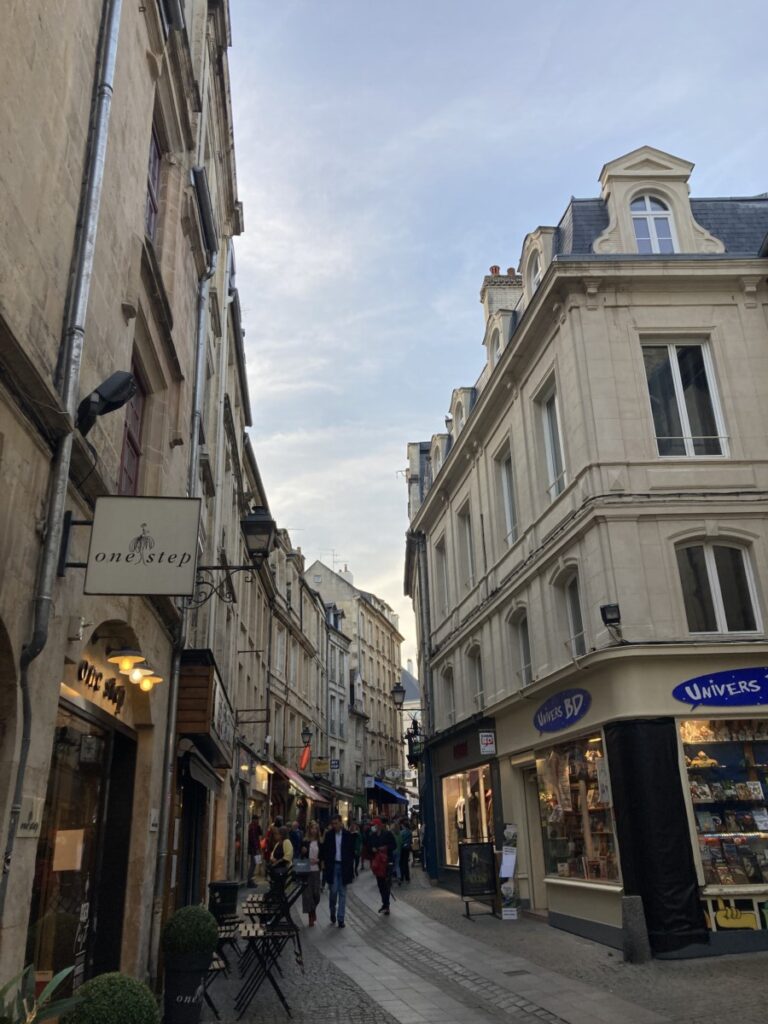
For dinner, we headed to another cozy area known for its concentration of restaurants, Le Vaugueux, at the foot of the fortress. A narrow cobblestone street lined with half-timbered houses, packed with all kinds of restaurants and bars.
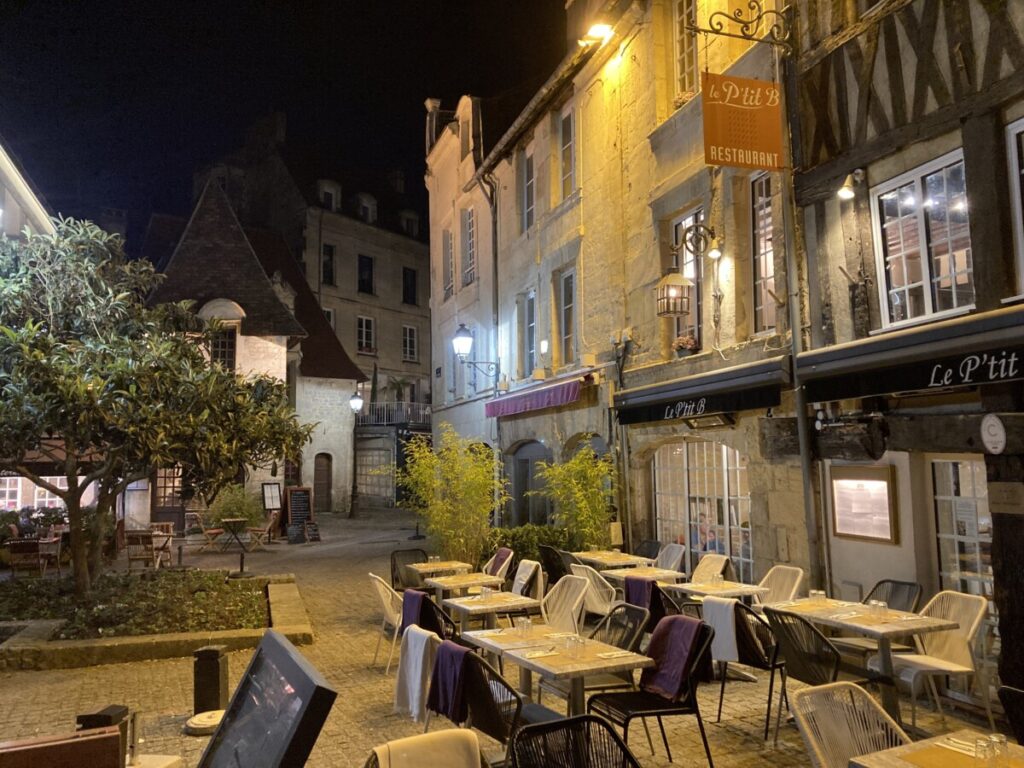
Definitely a place to wander in the evening if you’re looking for some lively atmosphere. We ended up at Le P’tit B, a very charming place with heavy oak beams inside and great food. It has now changed the name to Horace, so I cannot know for sure if the standard is the same.
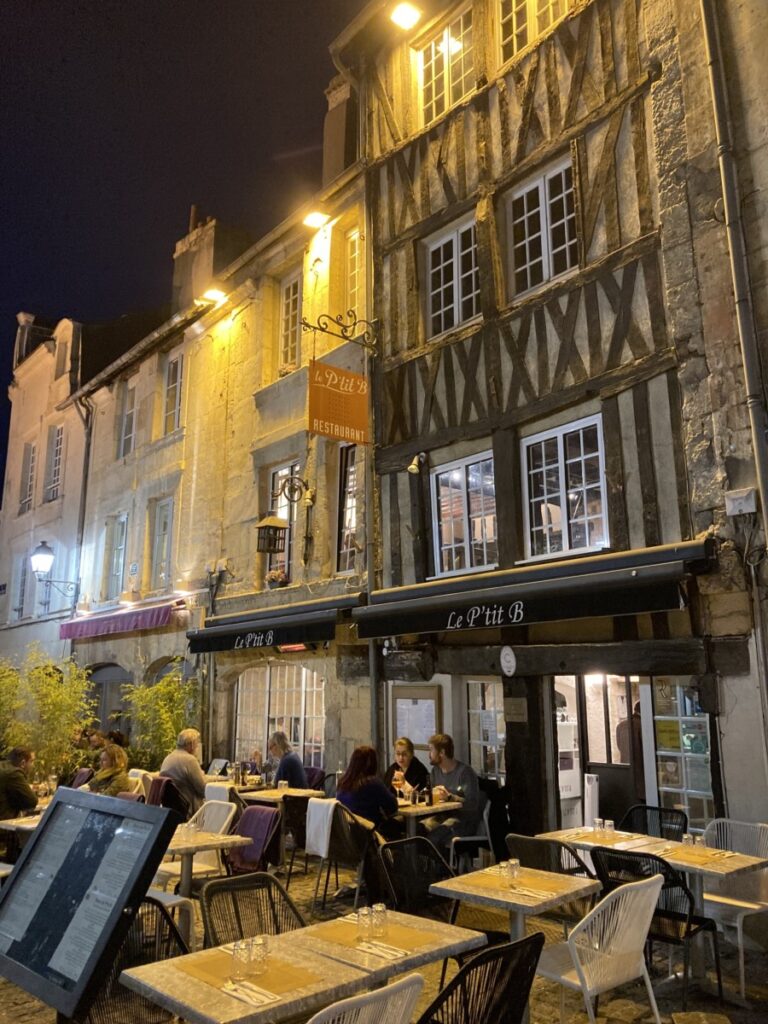
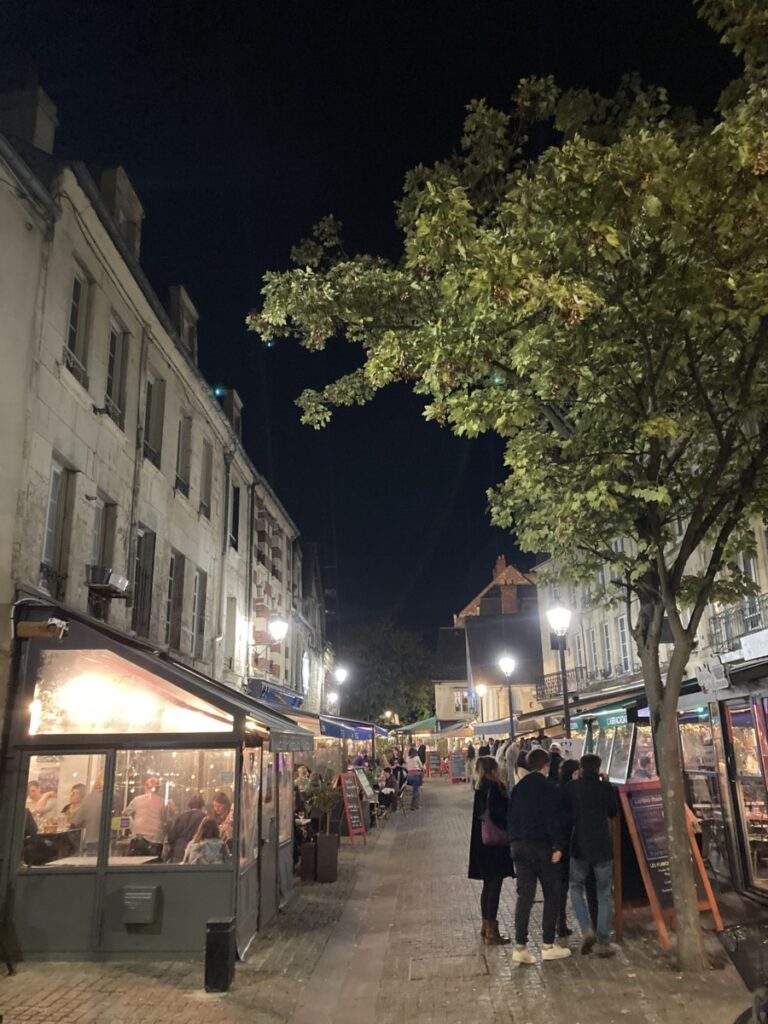
War history
The next day, we took the bus to visit one of the most emotionally draining experiences. We had tickets to Caen Mémorial, a comprehensive museum about World War II. It’s a fantastic museum, don’t get me wrong, but it’s very unsettling to see history up close.

While the museum in Arromanches focuses on what happened during D-Day and on the beaches along the coast, the museum in Caen is equally concerned with showing everyday life and the fates of individuals. We saw a child’s evacuation suitcase, personal letters, and family photos from Jewish families who have no one left to preserve their history.

One of the most heart-wrenching things was reading a letter from a German soldier who justified the brutal killing of babies because, as he wrote, if we don’t kill them, they will kill us. It’s incredibly disturbing to witness such hatred between people and neighboring countries in Europe. And it makes you think a bit about the fragmented situation in many Western countries today.
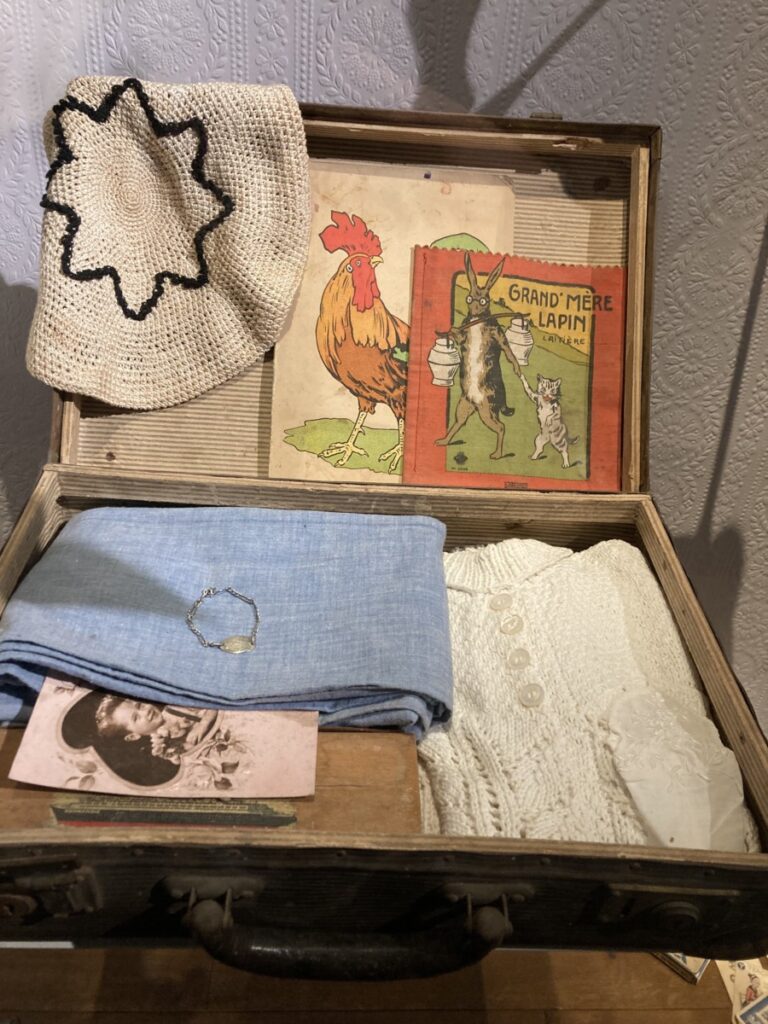
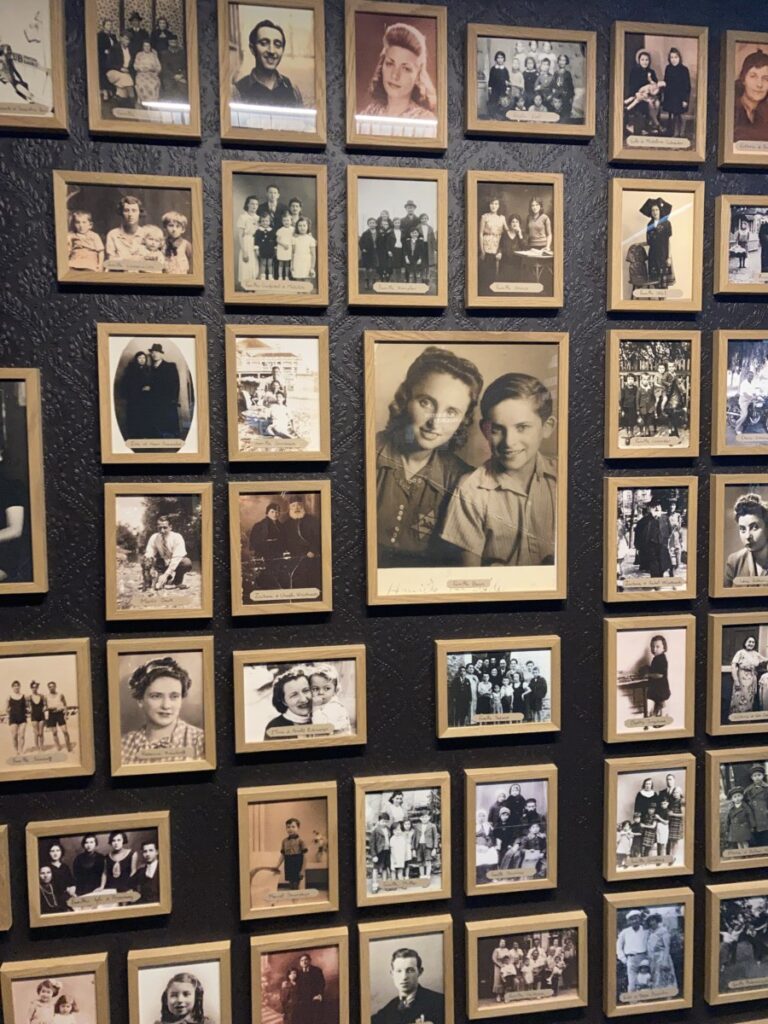
The museum is large, with lots of text on wall posters, many artifacts, and exhibits. But it’s heavy to take in so much misery at once. You should really spread it out over two or more days because it’s just too much human suffering and evil to absorb in one go.
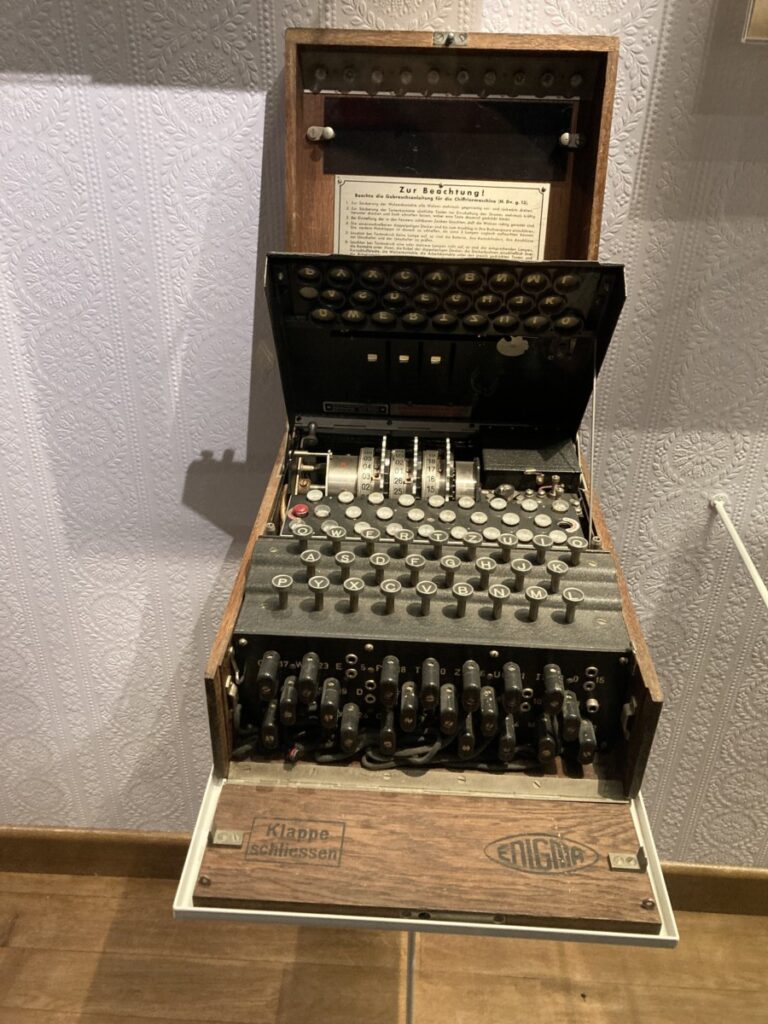

Heading to the sea
To lighten the mood a bit, we decided to head to the coast. We ordered a taxi to take us out to Ouistreham. Ouistreham is near the D-Day beach Sword Beach, and there are also memorials to many battles here, but it’s not as overwhelming as Omaha, where there are more remnants of the actual D-day landing.
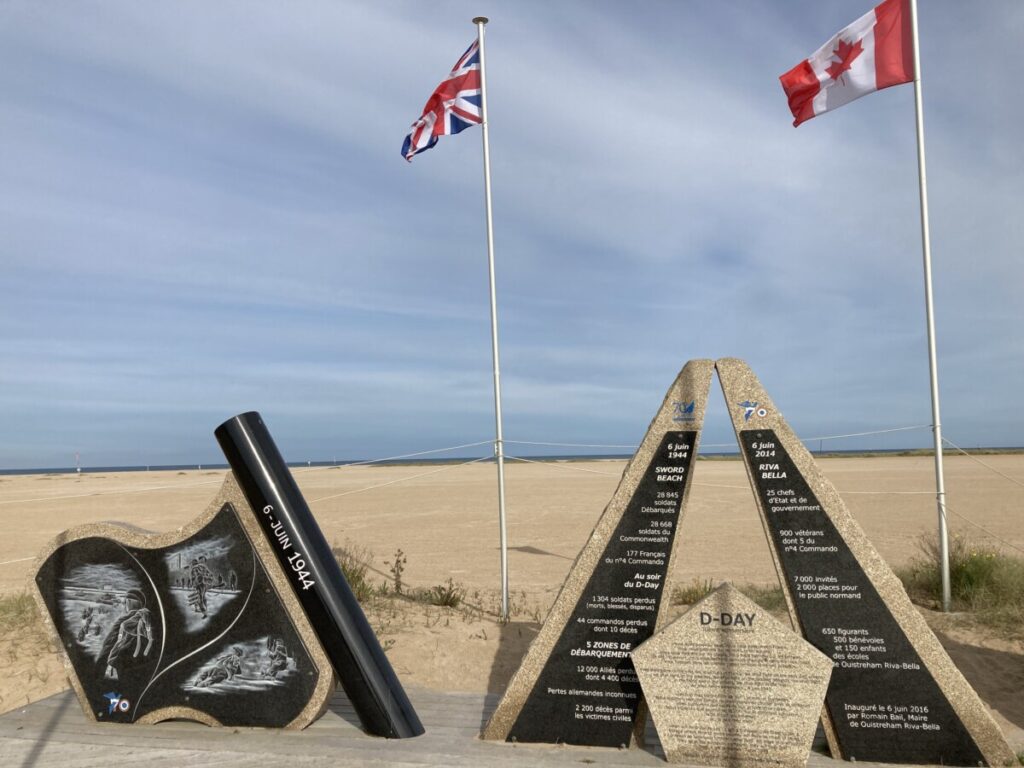
We were supposed to pick up an audio guide at the tourist office that would take us on a tour around the town. Not like a regular guided tour with explanations of what we saw, but with interviews, short texts, and conversations between people who grew up in Ouistreham, known as Riva Bella, and experienced the war and invasion.
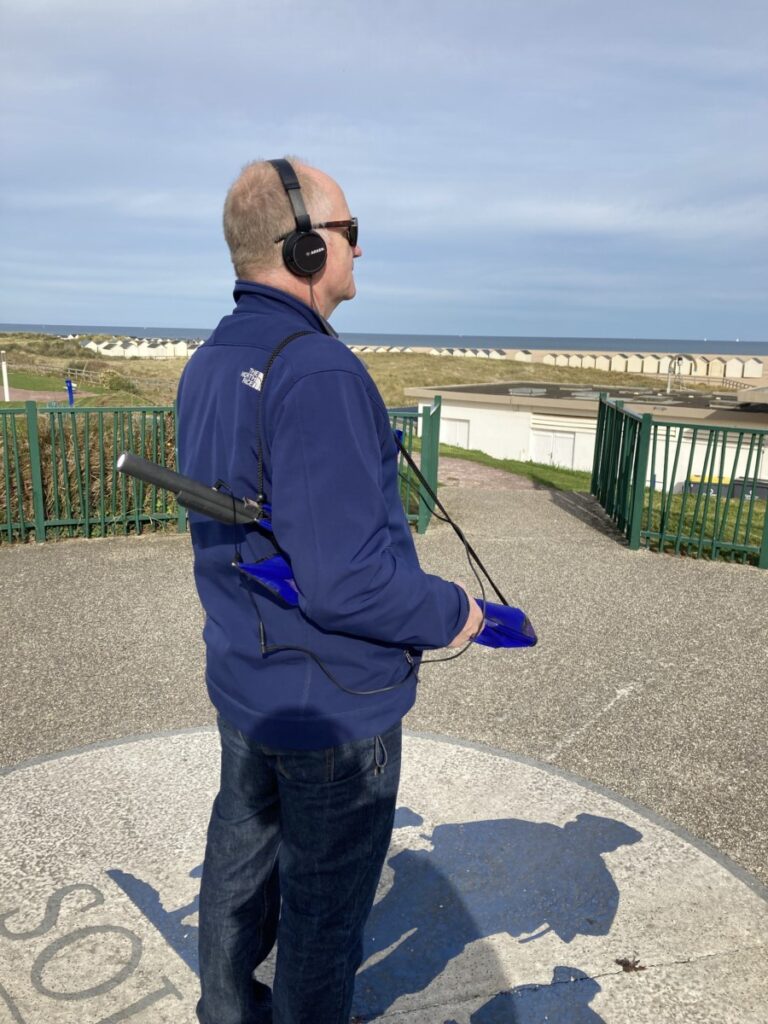

We were given an umbrella with a geo-tag that tells the audio where we are, so the information we hear matches the location we’re at.
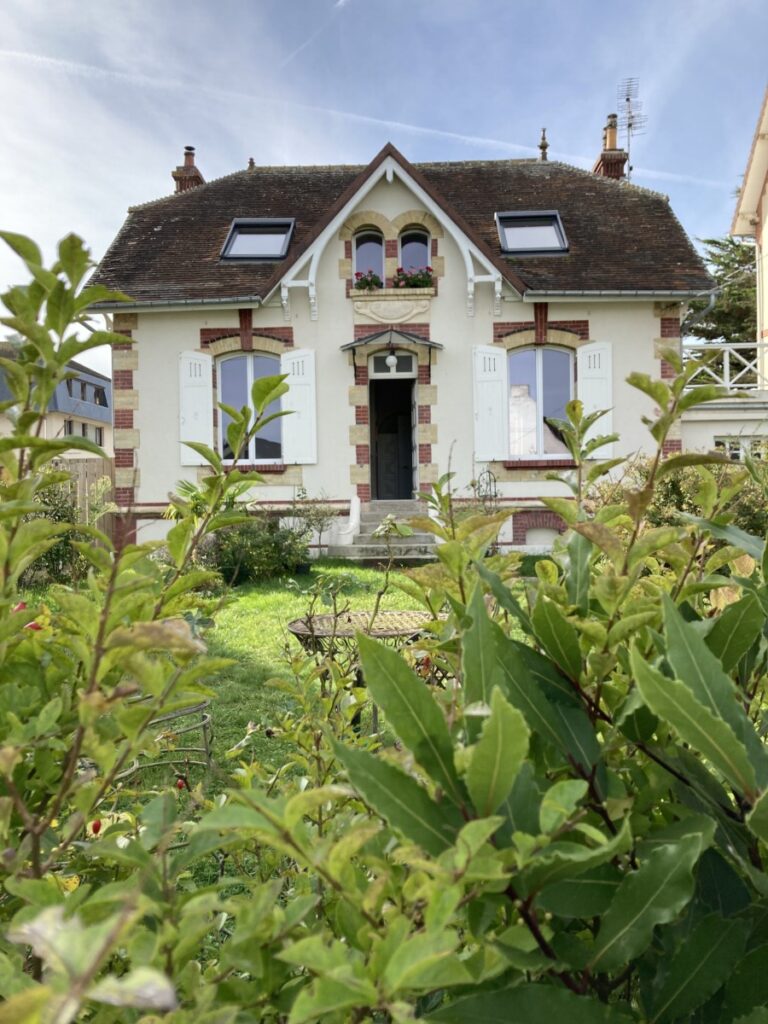
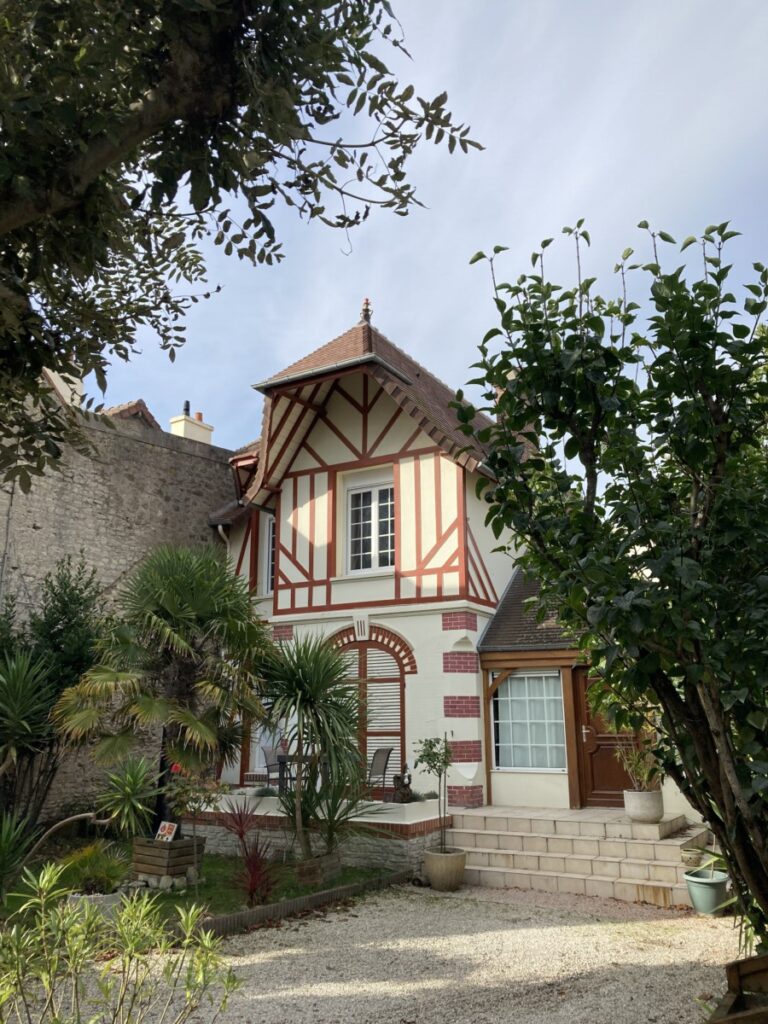
We were led past interesting houses and places and eventually out to the beach. Among the sand dunes, we found the Freedom Tree. Hanging from it are wishes for peace and reconciliation from many who were present during the landing or experienced the war in other ways and have an important story to tell. It’s thought-provoking that it stands right next to high barbed-wire fences intended to keep asylum seekers and refugees away from the port area where trucks are parked before going on the ferries to the UK.
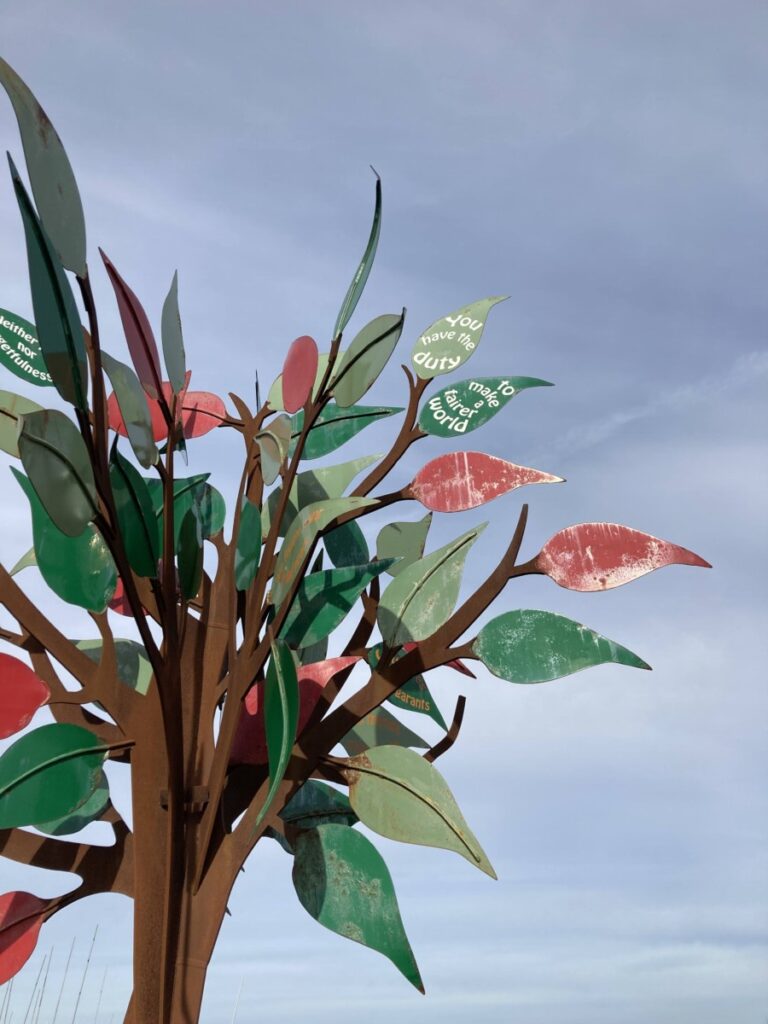

Caen là Mer – Caen connects with the sea
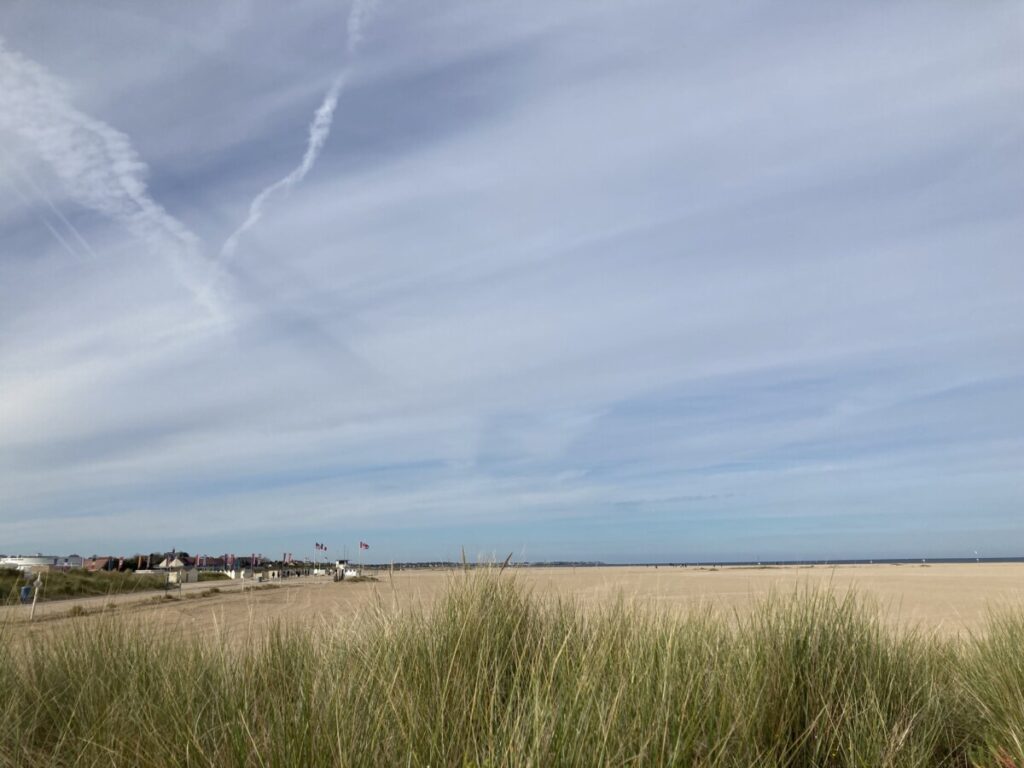
The beaches of Ouistreham no longer bear the scars of war and strife. The white and beige beach houses look incredibly beautiful on the endless beaches. We were definitely not alone in Riva Bella that day, and this is a great destination for everyone in the area.

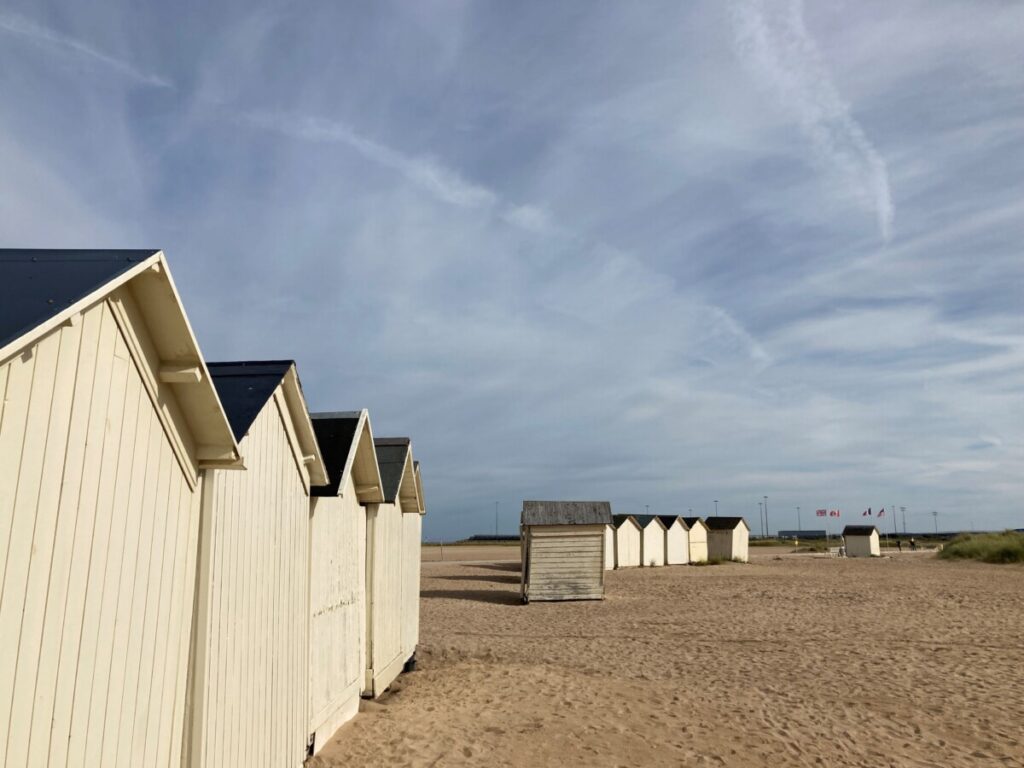
We were lucky to get a table at a restaurant, so we ended our beach day with delicious food outdoors, even though it was mid-October. We had gratinéed Camembert for a starter and mussels and shrimp for the main course.
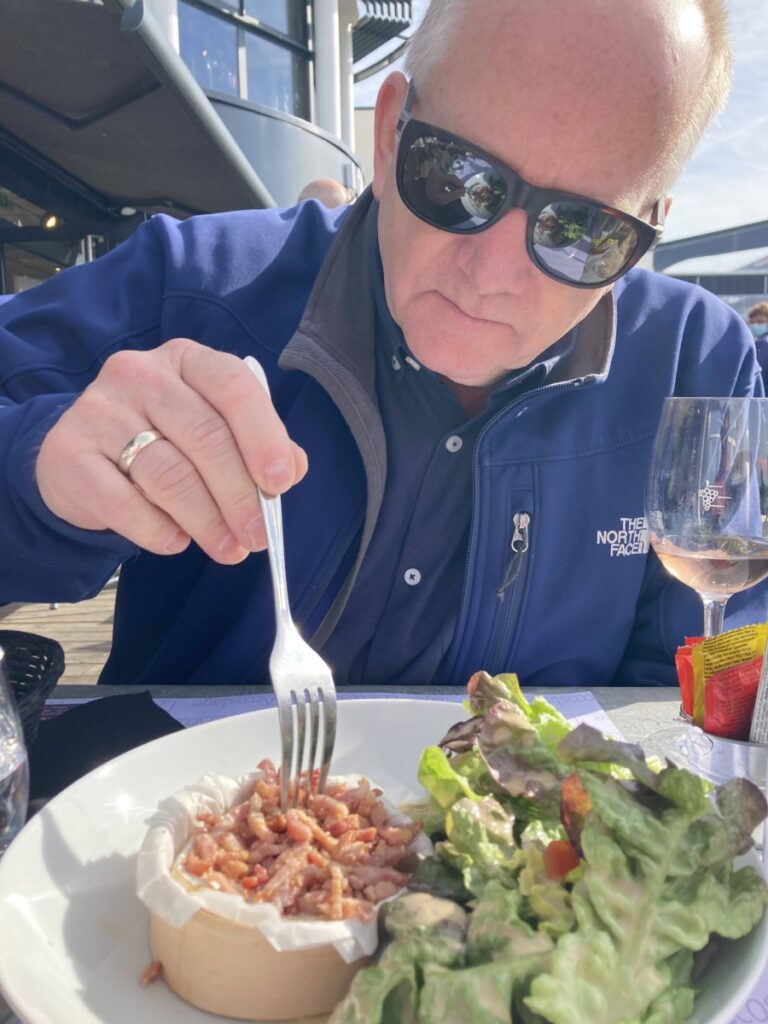
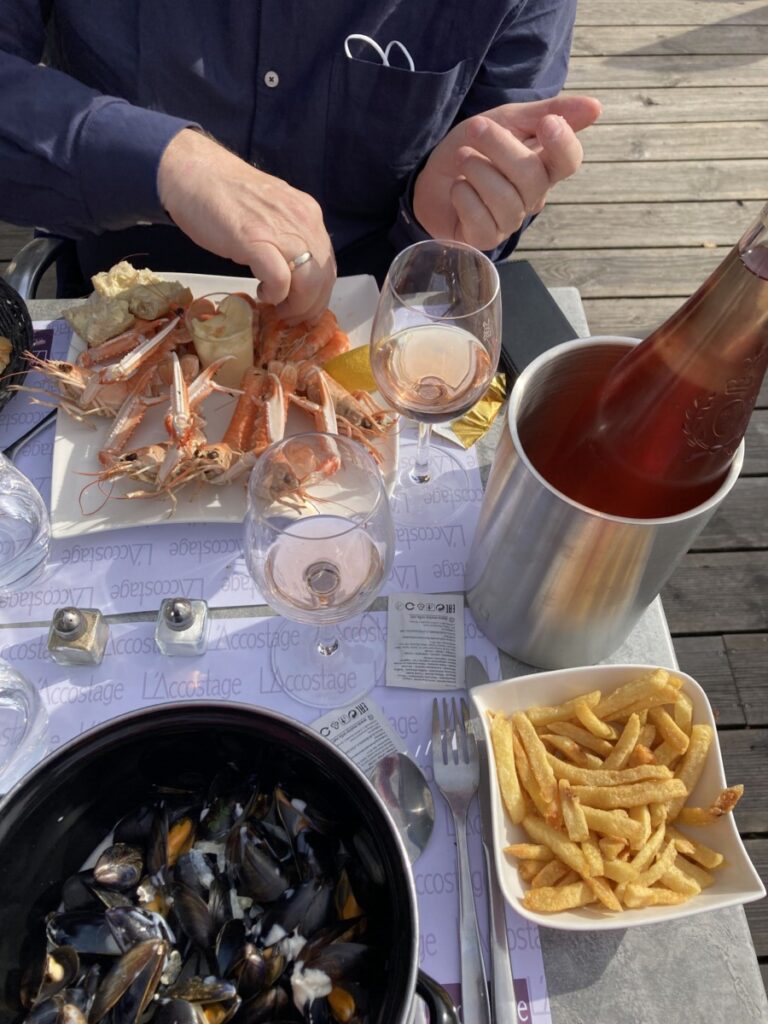
Market in Caen
On our last morning, we visited a market. These food markets alone are a good enough reason to move to France permanently.

There’s an abundance of fresh fruit and vegetables, delicious food prepared right before your eyes, along with cheeses, sausages, and bread. Unfortunately, not everything could be taken back home to Norway.

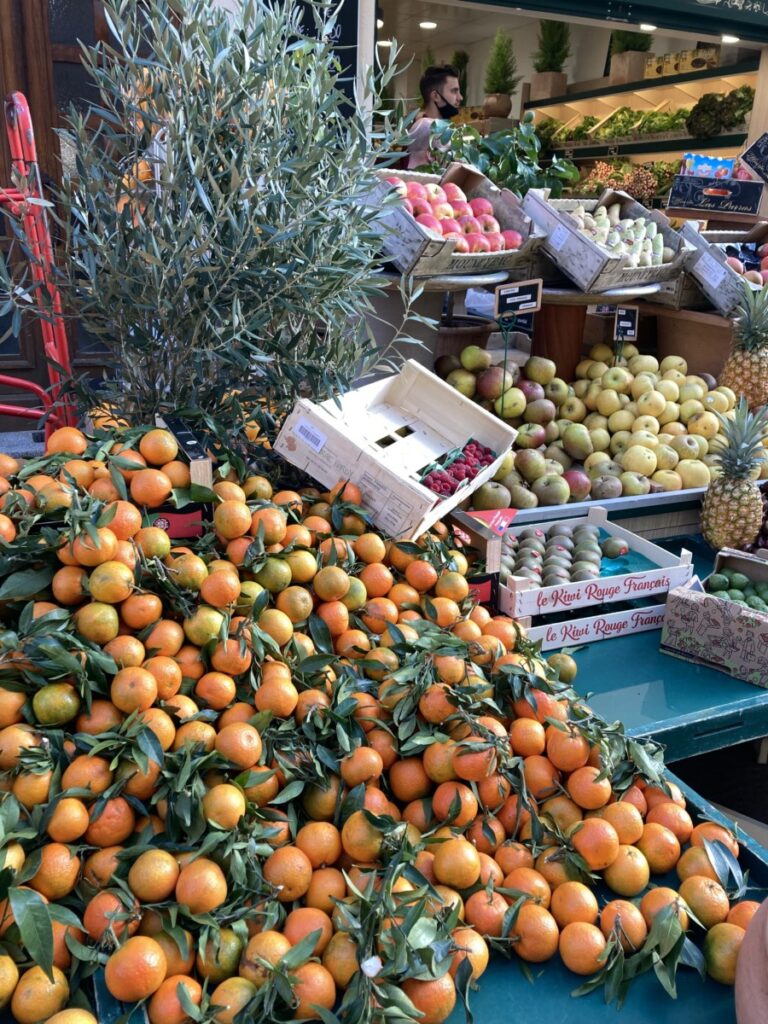
I now feel like I’ve explored many of Normandy’s highlights, including the D-Day beaches, Mont Saint-Michel, Giverny and Claude Monet, Fécamp, and Étretat. But there are still Rouen, Deauville, and Cherbourg to check out. So I’ll probably be back, Normandy! Au revoir!

